Imagine advancing from hands-on patient care to shaping the future of healthcare through research and education. Many registered nurses (RNs) are curious about doctoral paths in nursing. A Doctor of Philosophy (Ph.D.) in Nursing is the highest academic degree for nurses, opening doors to roles in research, academia, and leadership.
Meanwhile, a Ph.D. nurse plays a unique role in healthcare. They go beyond bedside care to investigate problems, improve nursing practice, and mentor the next generation of nurses. This guide provides an in-depth look at what it means to earn a Ph.D. in Nursing – from definition and steps to salary prospects.
Next, we map out the journey. You’ll learn what a Ph.D. in Nursing entails, how to become one, costs involved, and potential careers. We’ll also compare the Ph.D. with the Doctor of Nursing Practice (DNP) path. With demand for highly educated nurses rising – the Bureau of Labor Statistics (BLS) projects 40% growth in advanced practice nurse roles by 2033 and 8% growth in nursing faculty jobs (BLS 2024) – there’s never been a better time to explore this pinnacle of nursing education.
What Is a Ph.D. in Nursing?
A Ph.D. in Nursing is a research-focused doctoral degree that prepares nurses to become scientists, scholars, and educators. It is a terminal degree – the highest level a nurse can achieve academically. Different from a Doctor of Nursing Practice (DNP), which emphasizes advanced clinical practice, a Ph.D. program centers on generating new knowledge. Ph.D.-prepared nurses design studies, analyze data, and seek evidence-based answers to improve patient care and nursing outcomes. In short, the Ph.D. path creates nurse researchers and professors, whereas the DNP produces expert nurse practitioners and clinical leaders.
Meanwhile, it’s important to distinguish the Ph.D. role from a typical RN role. Registered Nurse (RN) is a professional license for providing patient care, usually with a bachelor’s or associate degree. In contrast, a Ph.D. nurse has years of graduate training in research methodology and theory. They often work in universities, labs, or policy organizations rather than at the bedside. The DNP prepares students for active practice, while a Ph.D. in Nursing prepares students for careers in research and academia. In practice, this means a Ph.D. nurse typically won’t provide direct patient care (outside research studies), focusing instead on investigations that advance nursing science and on teaching future nurses. If your goal is diagnosing and treating patients as an advanced provider, the clinical DNP route may be more suitable.
The American Association of Colleges of Nursing (AACN) – the national voice for academic nursing – emphasizes that Ph.D. in Nursing programs produce nurse scientists who will “advance the entire nursing profession” through research and education. In academia and healthcare institutions, Ph.D.-educated nurses are respected for their expertise in inquiry and for contributing evidence that shapes practice. They play a pivotal role in bridging the gap between scientific discovery and nursing care.
How to Become a Ph.D. in Nursing
Becoming a Ph.D.-prepared nurse requires dedication and several stages of education and experience. Below are six steps aspiring nurse scientists typically follow, from starting nursing school to completing a doctoral dissertation. Many Ph.D. nurses spend over a decade preparing for this role, but each step builds valuable expertise.
| Step | Description | Estimated Time |
|---|---|---|
| 1. Earn BSN | Complete a Bachelor of Science in Nursing (BSN) program (the foundational nursing degree). | ~4 years (full-time) |
| 2. Become RN | Pass the NCLEX-RN (National Council Licensure Examination) to obtain RN licensure and start practicing. | ~2–3 months (exam prep) |
| 3. Gain Experience | Work as an RN to develop clinical skills; many programs prefer or require nursing experience. | 1–3 years (typical) |
| 4. Earn MSN | Optionally, earn a Master of Science in Nursing (MSN) in a specialty or as a stepping stone to doctoral study. Some programs admit BSN grads directly to Ph.D. | ~2 years (full-time MSN) |
| 5. Apply to Ph.D. | Apply to accredited Ph.D. in Nursing programs. Prepare transcripts, recommendation letters, goal statements, and possibly GRE scores. | ~6–12 months (application cycle) |
| 6. Complete Ph.D. | Enroll in the Ph.D. program, complete advanced coursework and conduct original research culminating in a dissertation. | 4–6 years (full-time) |
1. Earn a BSN (Bachelor of Science in Nursing)
Start with a solid nursing education. Prospective Ph.D. nurses must first graduate from a BSN program, typically a 4-year undergraduate degree. BSN programs cover nursing fundamentals, clinical rotations, and research basics. This step lays the groundwork in patient care and critical thinking. Some may alternatively hold an associate degree and then bridge to a BSN, but a bachelor’s is required for graduate study.
2. Become a Licensed RN
After earning a BSN, graduates must pass the NCLEX-RN exam to become licensed RNs. For example, new nurses often spend a few months reviewing content and practicing test questions to ensure success on this licensing exam. Once licensed, you can practice as an RN – a crucial step to gain real-world insight. Working as an RN lets you apply your knowledge and observe areas of care that need improvement, sparking ideas for future research.
3. Gain Clinical Experience
Most Ph.D. programs prefer applicants with some professional nursing experience. Working 1–3 years (or more) as a staff nurse helps you identify clinical problems and questions that research might solve. It also hones your communication and leadership skills. Meanwhile, this experience will strengthen your Ph.D. application and inform your research interests (for instance, an ICU nurse might pursue research in critical care outcomes).
4. Earn an MSN (if required)
Many nurses pursue a Master of Science in Nursing before the Ph.D., although some programs offer BSN-to-Ph.D. tracks. An MSN typically takes 2 years and offers advanced training in areas like nursing education, administration, or clinical specialties. Completing an MSN can deepen your expertise (e.g., in healthcare administration or nurse education) and may include introductory research projects. However, note that some universities allow you to go directly from a BSN into an accelerated Ph.D. program, especially if you are certain about a research career.
5. Apply and Get Admitted to a Ph.D. Program
Next, select a Ph.D. in Nursing program aligned with your research interests. Applications involve transcripts, letters of recommendation, a resume, and a statement of purpose outlining your proposed research focus. Competitive candidates often have strong academic records and may have participated in research during their BSN/MSN. Many programs also conduct interviews. Plan ahead – application deadlines can be nearly a year before enrollment. Once admitted, you might also apply for fellowships or graduate assistant positions that provide funding.
6. Complete the Ph.D. Program
The Ph.D. journey itself lasts about 4–6 years full-time (longer if part-time). In the first couple of years, you’ll take doctoral courses in nursing theory, research design, statistics, and healthcare policy. You’ll likely complete a comprehensive exam. Then you’ll spend multiple years conducting original research for your dissertation. This involves identifying a research question, collecting and analyzing data, and writing a multi-chapter dissertation. Finally, you must defend your dissertation before a faculty committee – an oral exam where you present your findings and respond to questions. Upon successful defense, you earn the Ph.D. in Nursing and can proudly be called “Doctor.”
Cost to Become a Ph.D. in Nursing
Pursuing a Ph.D. in Nursing represents a significant investment of time and money. The total cost includes undergraduate and graduate tuition, fees, and living expenses over several years. However, costs vary widely depending on school choices and available funding. Here we break down the typical expenses and highlight ways students can offset the cost, such as fellowships or assistantships that many doctoral programs offer.
Education Expenses
The journey begins with a BSN degree, which at public universities can cost anywhere from around $6,000 (in-state) up to tens of thousands of dollars per year at private schools. An MSN, if pursued, might add another $12,000 to $100,000 in tuition, depending on program length and prestige. Ph.D. programs themselves often list tuition per credit; rates range from about $400 up to $2,300 per credit hour at top universities. Without funding, a full Ph.D. curriculum can average around $115,500 total in educational costs. This figure doesn’t include living costs like housing, books, or lost income from reducing work hours. It’s clear that without assistance, a doctoral degree can be expensive.
Financial Aid and Funding
The good news is many nursing Ph.D. students receive funding. Universities recognize that doctoral students contribute to research and teaching, so they often provide scholarships or stipends. For example, some programs grant a full tuition waiver and annual stipend (around $30,000–$40,000) to all full-time Ph.D. students. Such funding typically requires working as a teaching or research assistant during the program. Additionally, external fellowships and grants are available, especially for dissertation research. Many students also continue to work part-time as RNs for income, though juggling full-time work with a Ph.D. is challenging.
| Education Stage | Typical Cost (Tuition & Fees) |
|---|---|
| BSN Degree (4 years) | ~$6,000 (in-state public) to $60,000+ (private) total |
| MSN Degree (1.5–2 years) | ~$12,000 to $100,000 total (varies by program) |
| Ph.D. Program (4–6 years) | ~$115,500 average total cost (many programs offer full funding and stipends to reduce this) |
| Licensing & Exams | ~$200 for NCLEX-RN exam; ~$300+ for any graduate record exams or certifications (if required) |
Meanwhile, prospective students should also factor in indirect costs. Doctoral study is time-intensive, possibly requiring cutting back work hours (which is an opportunity cost). Some nurses take out loans – which can accrue interest over the years – if they don’t secure enough scholarships. It’s wise to research each target program’s funding packages. Many schools highlight funding on their websites, noting that they fully fund a certain number of doctoral students each year. Planning ahead financially, applying for grants, and even saving up beforehand can ease the economic burden.
What Ph.D. Nurses Do
Ph.D.-prepared nurses leverage their advanced education in diverse, impactful roles. Most commonly, they become nurse researchers or nurse educators, and many also move into leadership or healthcare policy positions. What all these roles share is an emphasis on knowledge and innovation rather than direct patient care. Below, we explore three primary pathways – research, academia, and leadership – to illustrate what careers a Ph.D. nurse can pursue.
Nurse Researcher (Nurse Scientist)
Many Ph.D. nurses work as researchers in universities, hospitals, or independent research institutes. In this role, they design and conduct studies to answer critical healthcare questions. For example, a Ph.D. nurse researcher might investigate how to improve patient outcomes for chronic disease management or how staffing levels affect nursing care quality. They write grant proposals to secure funding and then carry out projects in collaboration with interdisciplinary teams (physicians, statisticians, etc.).
Daily duties include gathering data, analyzing results, and publishing findings in scientific journals. Over time, nurse scientists build a body of evidence that can change practice guidelines or shape health policy. Importantly, Ph.D. researchers often focus on nursing-specific challenges – amplifying the nursing perspective in medical science. By advancing knowledge, they indirectly improve care for countless patients. In short, these nurses are innovators, pushing the profession forward through evidence.
Meanwhile, Ph.D. nurse researchers may also mentor bedside nurses in evidence-based practice or serve as consultants on research projects. Some work with government agencies or nonprofits to develop research-backed health programs. The scope can range from clinical research (e.g. oncology nursing studies) to community-based participatory research (addressing public health issues). This career path is ideal for nurses driven by curiosity and a desire to solve complex problems.
Nurse Educator & Faculty Roles
Another common career for Ph.D. nurses is academia – becoming a nursing professor or instructor. With a doctoral degree, nurses qualify to teach at the college or university level, educating future RNs and advanced practice nurses. As faculty, Ph.D. nurses develop curriculum, give lectures, supervise clinical rotations, and advise students. They might teach courses ranging from fundamental nursing skills to graduate-level research methods. Many also continue to conduct research as part of their faculty role (often splitting time between teaching and research). Ph.D. nurses in academia find reward in mentoring students and shaping nursing education. They impact not just one unit of patients, but an entire generation of new nurses by instilling knowledge and professional values.
Additionally, experienced Ph.D. educators can advance to administrative posts such as department chair or Dean of Nursing. In these positions, they oversee faculty teams, manage program budgets, and guide the strategic direction of nursing programs. They ensure academic quality and often spearhead innovations in simulation, curriculum design, or community partnerships. Outside of colleges, some Ph.D.-prepared educators take roles in staff development in large health systems, designing training for nursing staff. Overall, the educator pathway leverages a nurse’s love of learning and teaching, backed by the credibility of a doctoral education. It’s worth noting that a nationwide nurse faculty shortage means Ph.D. nurses are in high demand for these roles.
Healthcare Leadership & Policy
Ph.D. nurses also emerge as leaders in healthcare organizations and in health policy. Thanks to their deep understanding of evidence and outcomes, they are well suited for roles that require big-picture thinking. For instance, a Ph.D. nurse might become a director of nursing research at a large hospital, guiding clinical inquiry projects to improve patient care processes. Others move into executive roles: some hospital Chief Nursing Officers (CNOs) or nursing directors hold Ph.D. degrees, especially if their focus is on using data to drive improvements. In these leadership positions, they can influence policy, implement quality improvement initiatives, and advocate for nursing perspectives in the boardroom.
Moreover, some Ph.D.-prepared nurses work in government or public policy. They may join agencies like the Centers for Disease Control and Prevention (CDC) or health ministries to develop research-informed health policies. As policy analysts or advisors, they use their research skills to evaluate the impact of healthcare laws, programs, or interventions. Ph.D. nurses can also be found in non-profits and global health organizations shaping health agendas (for example, analyzing interventions to address health disparities). With their expertise, they bring a unique combination of clinical insight and scientific rigor to leadership tables. Whether in a hospital or on Capitol Hill, these nurses ensure nursing’s voice and evidence inform decision-making.
How Much do Ph.D. Nurses Earn?
Earning a Ph.D. in Nursing can elevate a nurse’s earning potential and open up new career opportunities. Salaries for Ph.D.-educated nurses vary by role and region, but generally exceed those of bedside RNs due to advanced qualifications. Below we examine national salary benchmarks and job growth projections for roles relevant to Ph.D. nurses, such as nurse researchers and nursing professors. We also include a snapshot of how salaries differ across five states.
National Salary Overview
A Ph.D. nurse’s salary depends on the career path. Nurse scientists (researchers) have a broad range, but many fall under the category of medical scientists. The median annual wage for medical scientists in the U.S. is about $100,590 (BLS May 2024). In academia, nursing professors and instructors earn a median of roughly $80,780 per year. For context, this median is higher than the median for RNs ($93,600 for RNs in general as of BLS 2024), though some advanced practice clinicians (like nurse practitioners) earn even more. Top earners among Ph.D. nurses, such as tenured senior faculty or research directors, can approach six-figure or higher salaries. In fact, the 90th percentile annual wage for postsecondary nursing instructors is about $130,320, reflecting those with extensive experience or working in high-paying institutions.
Salary by State
Salaries for Ph.D.-level nurses (especially in academia) can vary by location. Typically, states with higher costs of living or significant academic medical centers pay more. Below is a glimpse of annual average salaries for postsecondary nursing instructors in five states:
| State | Avg. Annual Salary (Nursing Professor) |
|---|---|
| District of Columbia | $111,130 (highest in U.S.) |
| Oregon | $109,110 |
| New York | $102,980 |
| New Jersey | $101,540 |
| Nevada | $99,320 |
California and other states with many universities also tend to offer competitive wages, though they may not appear above if not top five. In general, urban areas and states facing faculty shortages may offer higher pay or additional incentives to attract Ph.D.-prepared nurses.
Job Outlook and Demand
The career outlook for Ph.D. nurses is strong and growing. As nursing faces faculty shortages and a greater need for research, demand for doctoral-prepared nurses is expected to rise. The BLS reports that overall employment of postsecondary teachers (including nursing faculty) will grow 8% from 2023 to 2033, faster than average. Similarly, employment of medical scientists is projected to increase about 11% in the same period (BLS 2024), reflecting ongoing needs for health research. Moreover, the nation’s nursing faculty shortage underscores opportunity: nearly 80% of vacant faculty positions require or prefer a doctoral degree. As large numbers of current nurse educators retire, Ph.D. nurses will be crucial to fill those academic roles.
Meanwhile, in the broader advanced nursing landscape, doctorate-prepared nurses are very much in demand. Advanced practice roles like nurse practitioners (generally DNP or MSN-prepared) are seeing explosive growth (40% projected growth this decade), and those practitioners will need instructors and scientists behind them. Ph.D. nurses also have opportunities beyond academia – for instance, in research and development departments of hospitals or healthcare companies. With an aging population and complex healthcare challenges, nurse researchers are needed to develop solutions. This means a newly minted Ph.D. nurse can expect a range of job options, from teaching positions advertised nationwide to grant-funded research projects seeking nurse investigators. Networking through professional organizations (see next section) can help connect Ph.D. grads with these opportunities.
Specializations & Subspecialties
Ph.D. in Nursing programs often allow students to focus on a particular specialization or research emphasis. While the Ph.D. curriculum covers core research skills and theory, you’ll tailor your studies to a niche that aligns with your passion. Choosing a specialization helps define your expertise and can make you more marketable in that domain. Below we outline primary specialty areas and give examples of subspecialties within nursing research.
Primary Focus Areas
Many Ph.D. nursing programs offer designated tracks or focus areas. Common specializations include Nursing Education, where you study how to improve teaching methods and curriculum design for nursing students. Another is Healthcare Administration or Leadership, focusing on organizational science, quality improvement, and health systems – ideal if you aim for executive roles. Some programs feature Interdisciplinary Health or Population Health tracks, examining public health issues, social determinants, and healthcare outcomes for communities. Nursing Leadership as a specialization grooms nurses for high-level roles influencing policy and practice. And Nursing Informatics (sometimes under interdisciplinary health) lets you concentrate on data, technology, and information systems in healthcare. Each school’s offerings differ, but the goal is to align your Ph.D. studies with a realm of nursing science that interests you most.
Subspecialties
Within those broad areas, Ph.D. candidates often delve into narrower subspecialties, usually defined by a patient population, healthcare challenge, or scientific method. Here are a few examples of subspecialty focus areas a Ph.D. nurse might pursue:
| Subspecialty | Focus Area |
|---|---|
| Oncology Nursing Research | Investigating cancer care practices, symptom management, and survivorship in oncology patients. |
| Pediatric Nursing Science | Focusing on child health, pediatric chronic illnesses, and interventions to improve pediatric care outcomes. |
| Nursing Informatics | Using data and technology to enhance healthcare delivery, electronic records, and decision support for nurses. |
| Health Policy Nursing | Analyzing and evaluating healthcare policies, and how legislation affects nursing practice and patient outcomes. |
| Global & Public Health | Addressing community health issues, epidemiology, and strategies to improve health in populations worldwide. |
These are just a few of many possibilities. For instance, a Ph.D. student might specialize in gerontological nursing to study elder care, or in mental health nursing to research improved treatments for psychiatric patients. Some carve out unique niches like rural health, critical care outcomes, or nursing ethics. The subspecialty often informs the topic of the doctoral dissertation – it’s your chance to become the expert in a very specific area of nursing science.
Meanwhile, it’s worth noting that Ph.D. nurses are not limited to one track forever. The research skills you gain are transferable, so you might start in one specialty and later expand or shift focus as your career evolves. The key during your Ph.D. is to develop depth in a chosen area, produce research in that niche, and network with fellow experts (for example, joining a professional society related to your specialty). This will set you up as a go-to authority in that domain after graduation.
Professional Organizations & Resources
Connecting with professional organizations can greatly benefit Ph.D. nurses and students. These organizations provide networking, career development, research resources, and a platform to voice the interests of nursing scholars. Below is a table of key organizations and what they offer:
| Organization | Reach & Membership | Mission | Benefits to Ph.D. Nurses |
|---|---|---|---|
| American Association of Colleges of Nursing (AACN) | 875+ nursing schools (colleges) nationwide; represents academic nursing at the national level. | National voice for academic nursing. Sets standards for nursing education and promotes nursing research and practice. | Educational policy influence; data and reports on nursing workforce; networking for faculty; Graduate Nursing Student Academy for doctoral student support. |
| Sigma Theta Tau International (Sigma) | 100,000+ nurse members in 100+ countries (global honor society of nursing). Invitation-based for nursing scholars and leaders. | Advancing world health and celebrating nursing excellence in scholarship, leadership, and service. | Research journals (free to members), research grants (> $200K/year), online library, leadership training, and international conferences to present research. |
| National League for Nursing (NLN) | ~45,000 individuals and 1,000 institutions (nurse educators, schools). | Promotes excellence in nursing education to build a strong, diverse workforce. | Faculty development programs, teaching resources, certification for nurse educators (CNE), networking for academic careers, and public policy advocacy in nursing education. |
| American Nurses Association (ANA) | ~5 million RNs represented across all 50 states (broadest U.S. nursing organization). | Lead the profession to shape the future of nursing and health care. | Advocacy on national healthcare issues, career development tools, webinars and continued education, a platform to publish and disseminate nursing insights, and connection with state nursing associations. |
| Council for the Advancement of Nursing Science (CANS) | Nursing researchers and Ph.D. students (operating under the American Academy of Nursing). National reach. | Support and promote nursing science and the development of nurse scientists. | Research conferences (e.g., State of the Science Congress), opportunities to collaborate on scientific initiatives, mentorship programs, and dissemination of research to influence policy. |
These nursing organizations and resources serve as a backbone for those pursuing or holding a Ph.D. in Nursing. Joining such groups can help you stay updated on funding opportunities, find collaborators for multicenter studies, or get guidance on academic career paths. For example, as a doctoral student, you might join AACN’s Graduate Nursing Student Academy (GNSA) which offers webinars on dissertation tips and chances to network with peers. After graduation, presenting at Sigma’s international research congress or attending NLN’s education summit can boost your visibility in the field.
Meanwhile, beyond organizations, key resources include academic journals (like Nursing Research or Journal of Nursing Scholarship) and research repositories. The National Institute of Nursing Research (NINR) is another valuable resource – while not a membership group, it’s a federal research institute that funds many Ph.D.-level nursing studies and provides research training opportunities. Keeping an eye on NINR grant announcements or webinars can be advantageous for an aspiring nurse scientist.
Ready to Become a Ph.D. in Nursing?
Success in a Ph.D. in Nursing hinges on a blend of sharp analysis, relentless curiosity, and clear communication. Doctoral students spend years dissecting complex questions, designing studies, and translating findings into publications or lectures. Along the way, they lead research teams, mentor novice nurses, and juggle coursework, experiments, and teaching obligations—demands that call for superb organization, resilience, and a talent for collaboration across disciplines.
The rewards can be substantial. Ph.D.–prepared nurses often earn six-figure salaries, work predictable weekday schedules, and gain the title of “Doctor,” a mark of expertise that opens doors to tenured faculty posts, principal-investigator roles, and policy positions. Their research guides clinical guidelines, shapes health legislation, and influences how future nurses are educated, giving them a powerful platform to drive progress throughout the profession.
Yet the path is long and demanding. Four to six years of advanced study, hefty tuition, and the opportunity cost of stepping away from full-time clinical pay can strain finances and personal life. Because the degree is research-oriented, it doesn’t grant the direct patient-care authority that a clinical doctorate such as the DNP provides. Academic jobs and grant funding are competitive, and the pressure to publish, secure grants, and meet tenure benchmarks can be intense.
Choosing this doctorate, then, comes down to passion: a deep desire to question, investigate, and elevate nursing through scholarship. If the thought of discovering new knowledge, teaching the next generation, and shaping large-scale healthcare decisions excites you—and you’re ready to invest the time, energy, and resources—the Ph.D. journey can be both demanding and profoundly rewarding.
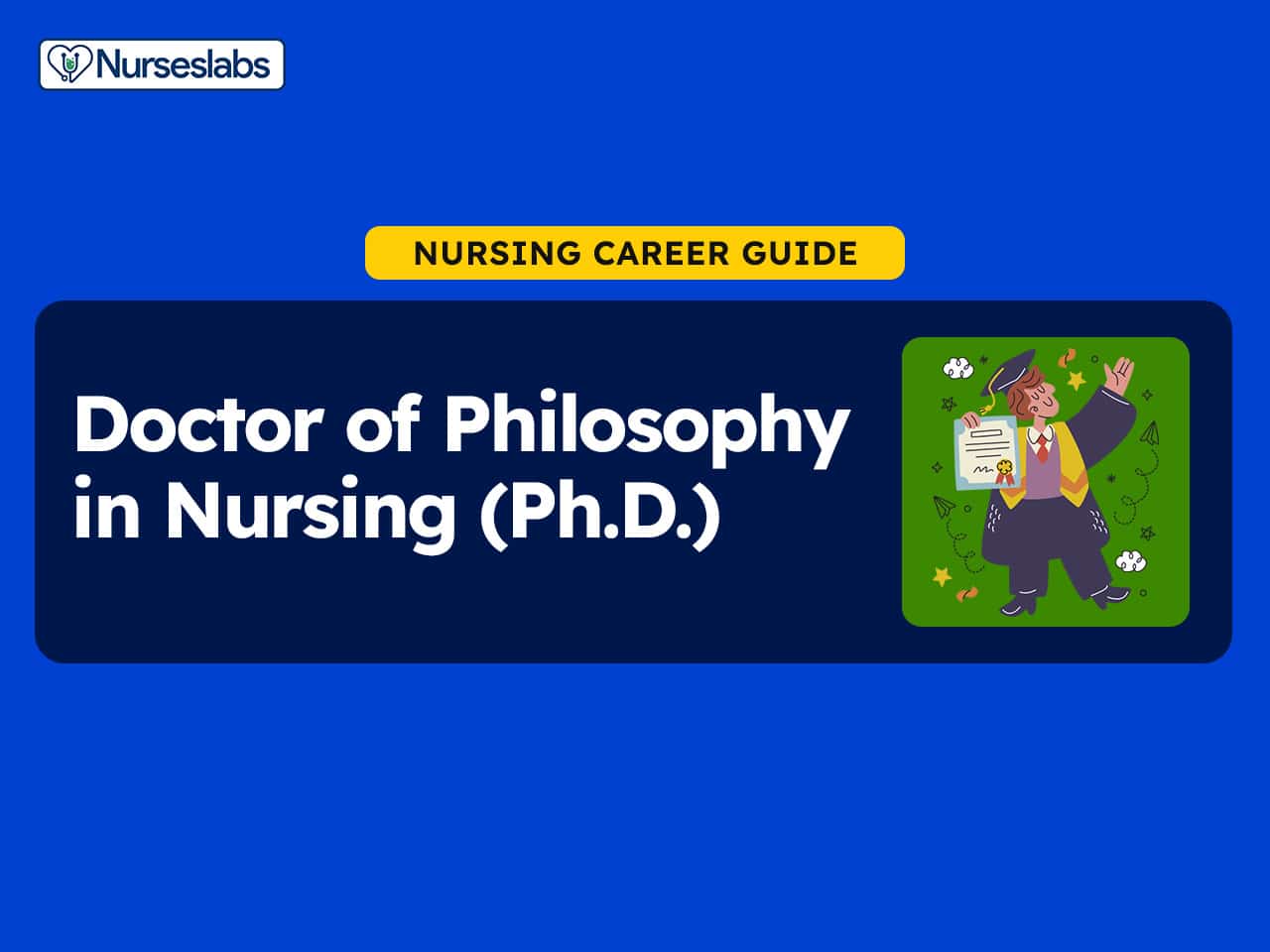


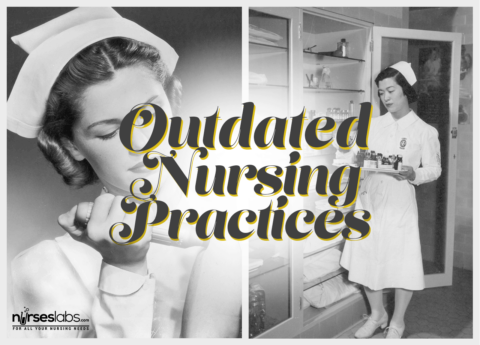

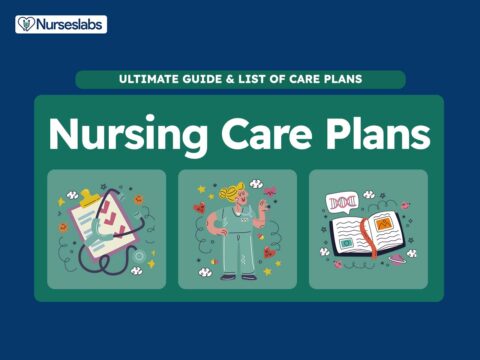
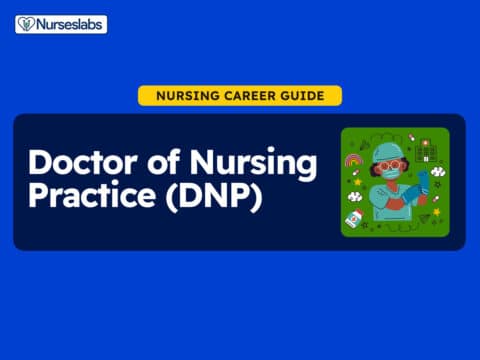
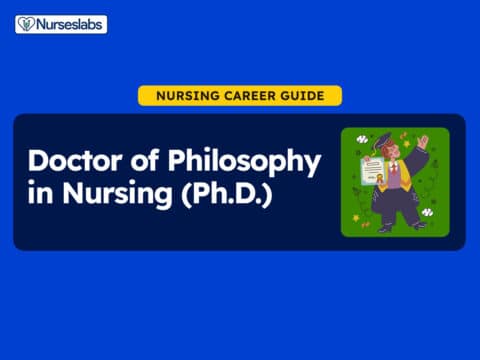

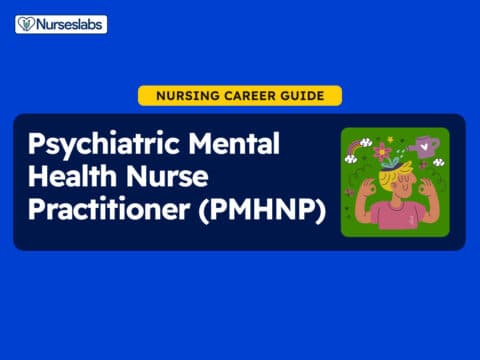
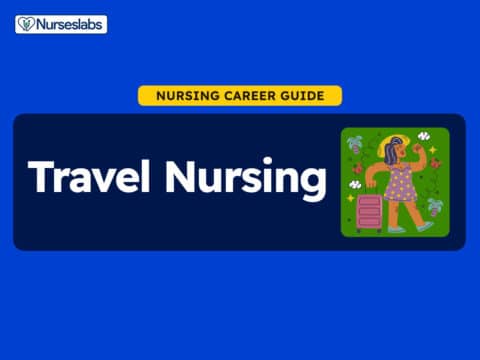
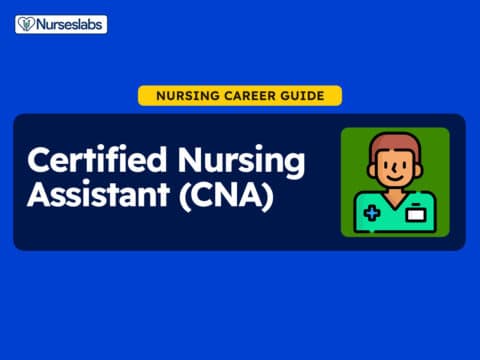


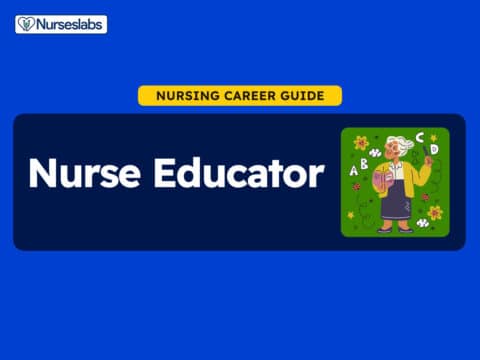

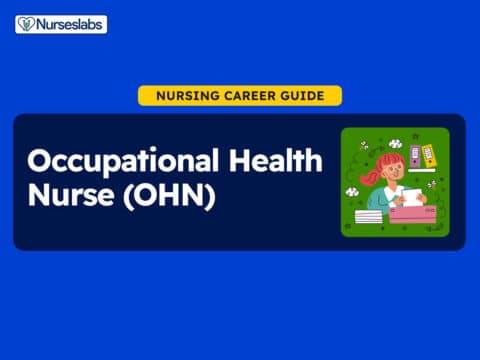
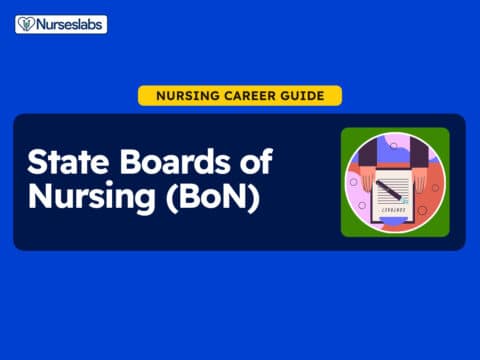



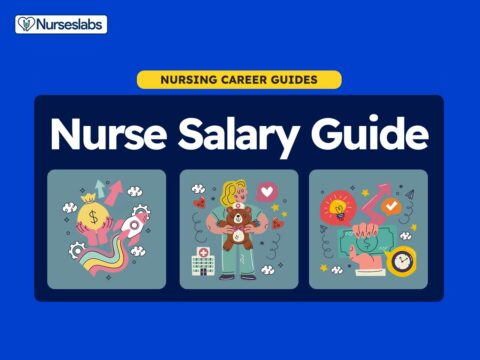



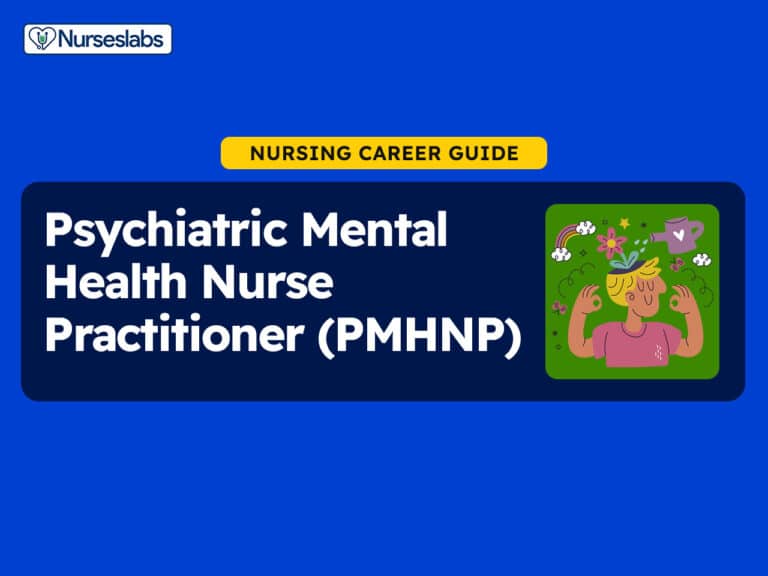

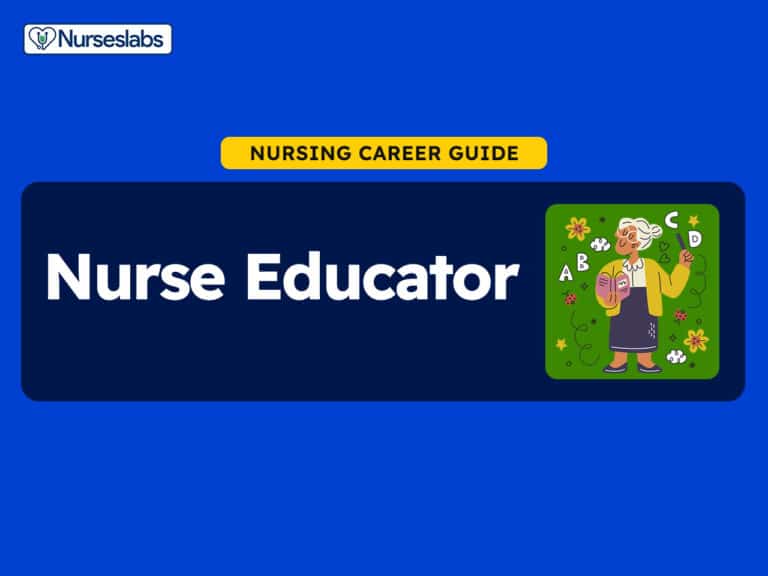



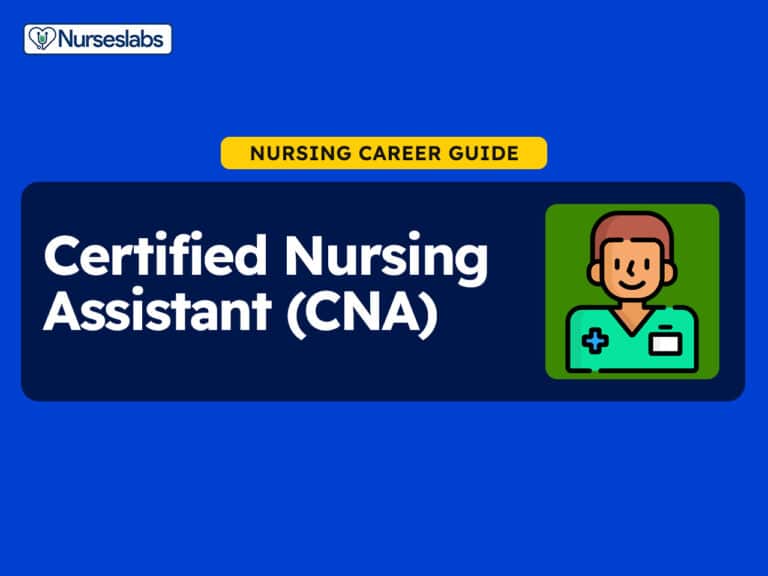
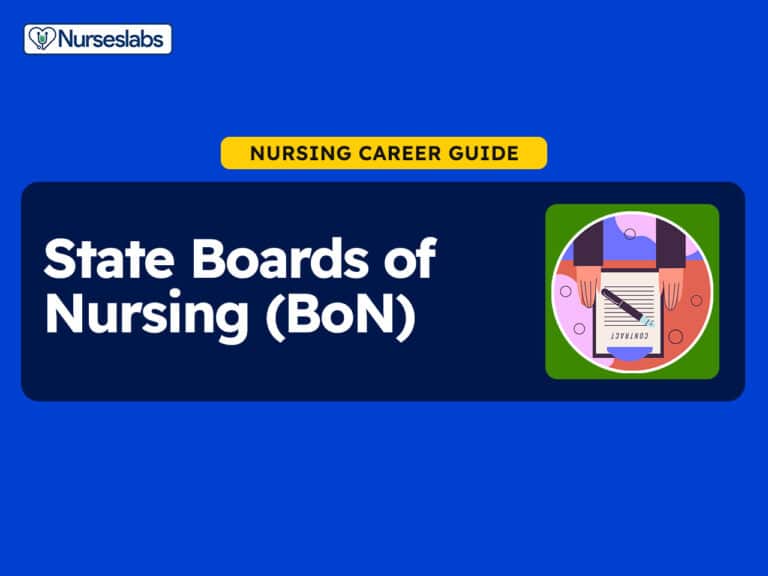
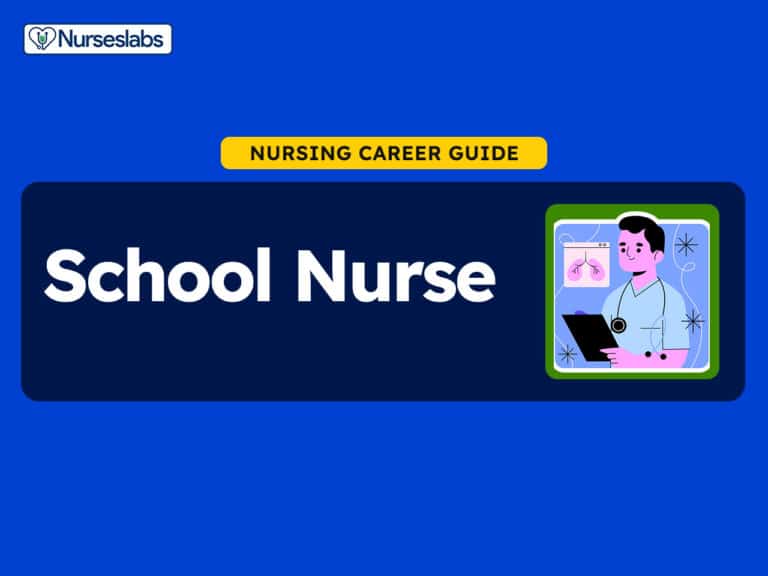



Leave a Comment